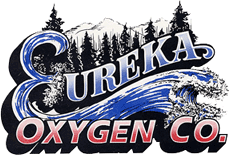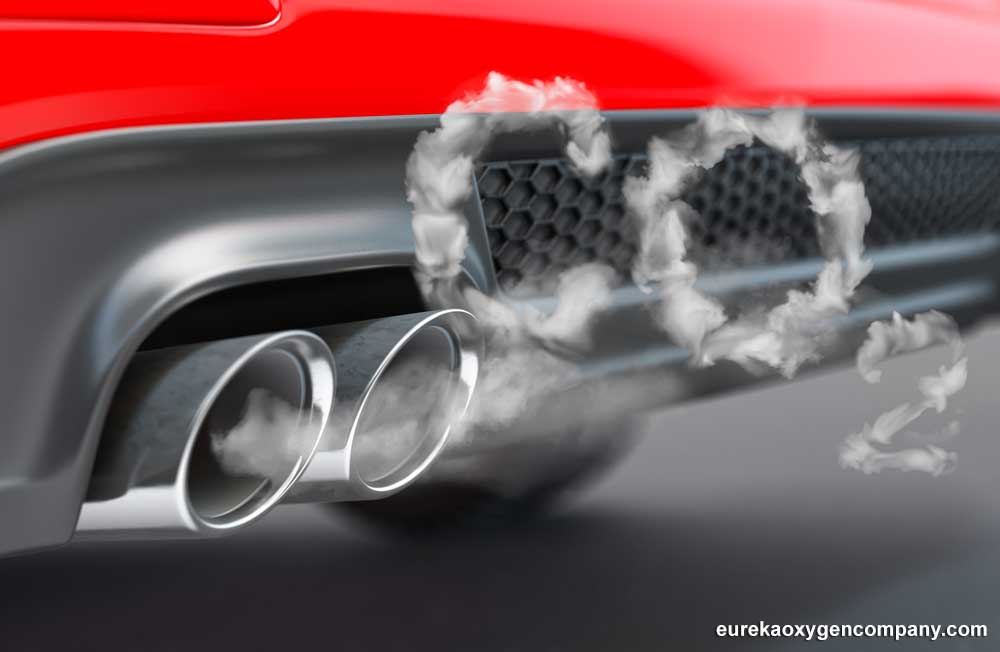If you think that CO2, the gas that’s the leading cause for global warming, can be turned into a valuable feedstock, then you’re right.
This article will educate you on the various uses of CO2, the industries that benefit from it, why it’s important to cut emissions, how to reduce carbon footprints, and how our company, Eureka Oxygen, plays its part.

CO2 – The Basics
Carbon dioxide (CO2) is a colorless and odorless gas that is slightly acid. It is the most critical component of air and is essential for plant life as it acts as a raw material in it and is compulsory for the process of photosynthesis. It is used in large quantities to produce industrial activities and is used in many industries.
CO2 – Utilization
A ubiquitous question that arises is, “What is Co2 utilization?” CO2 utilization is an industrial process that is used to convert CO2 into an economically valuable product. It is transformed through fuels and chemicals and is used in enhanced oil recovery.
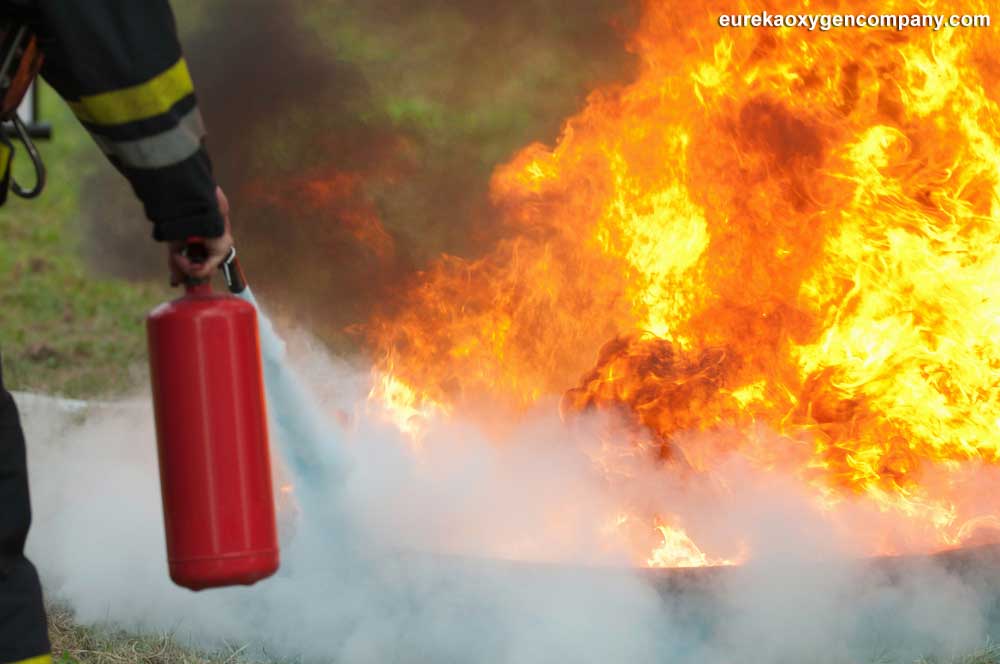
CO2 – Uses
Carbon dioxide is used in multiple industries. It is in a liquid and solid form and is largely used for cooling and refrigeration. Carbon dioxide is used in chemical processes as an inert gas, which is used in fire extinguishers. It is heavier than air and is non-reactive. The liquid is at reasonable pressure, resulting in a significant amount to be kept in a tank. It is used in large quantities and is produced by lime kilns – burning limestone for the production of magnesium, calcium oxide, and other industrial activities such as hydrogen and ammonia production.
CO2 – Industries That Benefit From It
Metal Industry
It is used in manufacturing casting molds to intensify their hardness.
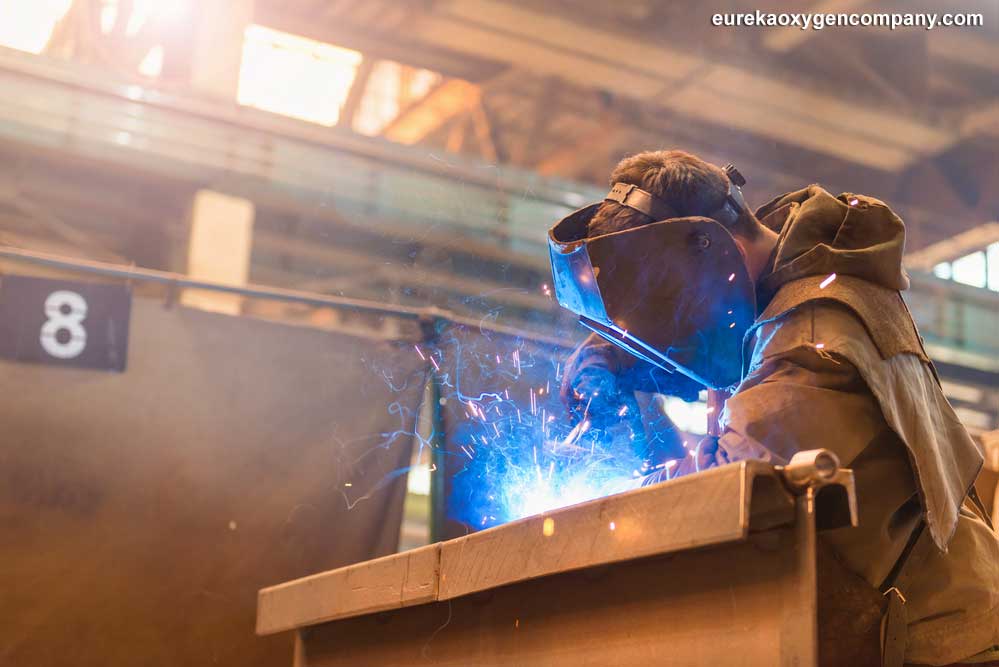
Construction and Manufacturing
CO2 is used in large quantities in Shield gas to protect the weld puddle for oxidation caused by the surrounding air. The mixture of carbon dioxide and argon is used for reducing the cost and need that will be incurred for the post-weld treatment and is also used to increase the welding rate. For example, dry ice petals replace the sandblasting and, as a result, decrease the cost of cleanup and damage of disposal.
Petroleum, Pharmaceuticals, and Chemicals
CO2 is used in large quantities for the chemical process industry, such as for urea and methanol production. It is also essential for oil extraction as when CO2 is dissolved in the oil, the removal is more accessible, and it is less viscous – resulting in more fuel to be extracted through this process.
Beverages and Food
Solid and liquid carbon dioxide is used for surface freezing, quick-freezing, refrigeration, and chilling to transport various foods. It is also commonly used to carbonated soft drinks, wine, beer and to prevent bacterial and fungal growth. Flavor producers use it to purify, and separate fragrances, concentrate, and strong flavor.
Environmental and Healthcare Industries
Carbon dioxide is used as a supplement for oxygen medically as a respiratory stimulant. For environmental uses, it is used in aerosol cans as a propellant to replace troublesome ecological alternatives.
CO2 can be used to help cut emissions in various ways. One natural method of gathering carbon dioxide is by adding more carbon to the soil and planting more forests.

How to Reduce Carbon Footprints and Help Cut Emissions
A carbon footprint is the entire amount of greenhouse gas emissions caused due to the production of a product or service. Carbon dioxide, the gas that is exhaled by humans, is also included in it. There are various ways to reduce carbon footprints. Firstly, choosing local or organic food that is in-season can help decrease imported foods that are transported from far away through ship, truck, plane, and rail, which uses fuels and fossil fuels.
Secondly, as electricity comes from renewable energy and natural gas, transportation is the primary source of CO2 emission. If changes are made on how you get around, such as driving less, using public transit, or carpooling, you can cut your carbon budget. The ways to help cut carbon emissions is to reduce air travel, take fewer vacations, and stay home.
Another helpful approach is to seal your home by reducing air leaks, drafts, and insulation.
How is CO2 Stored
Carbon dioxide is stored in three main ways: deep geological formations, mineral, and ocean storage. This CO2 is converted into supercritical CO2, which is a high-pressure liquid. It is then injected in sedimentary rocks. Volcanic rocks and unmineable coal is also known for storage sites. In mineral storage, the CO2 captured is reacted with calcium and magnesium, which contains minerals. It is called mineral carbonation, which occurs naturally. The last is the deep ocean storage. CO2 is stored in the ocean typically through chemical processes, such as dissolved gas, and for a longer time scale as carbonate sentiments.
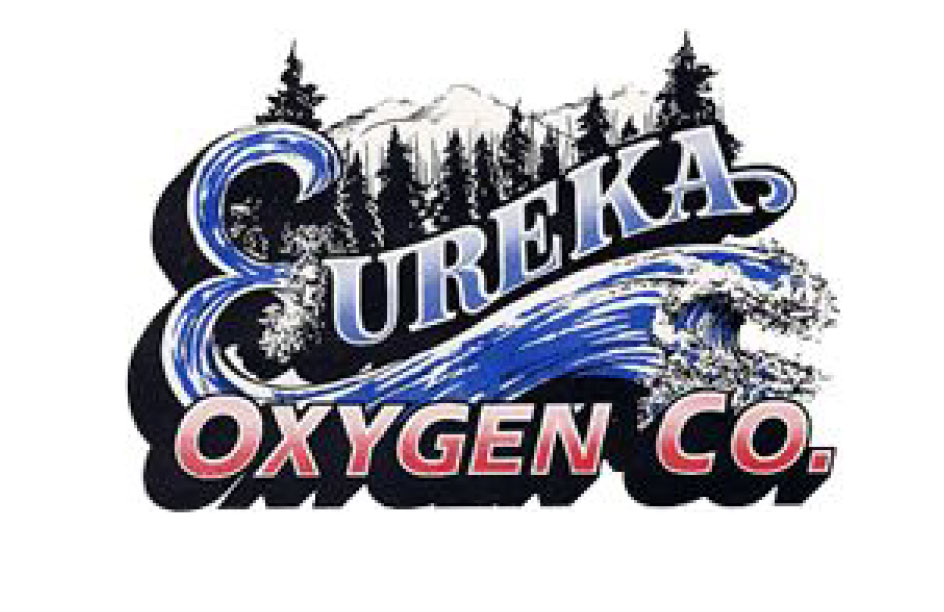
Eureka Oxygen is Here for Your Local CO2 Tank Filling Needs!
If you’re looking for guidance, equipment, and advice, Eureka Oxygen is your ultimate stop! We offer CO2 tank filling and serve in Northern California and beyond. Our team consists of professionals and technical experts for equipment and cylinder gases.
We aim to deliver the highest standards of concentrate technology and are available to answer all your queries. Stop by and give us a visit today!
